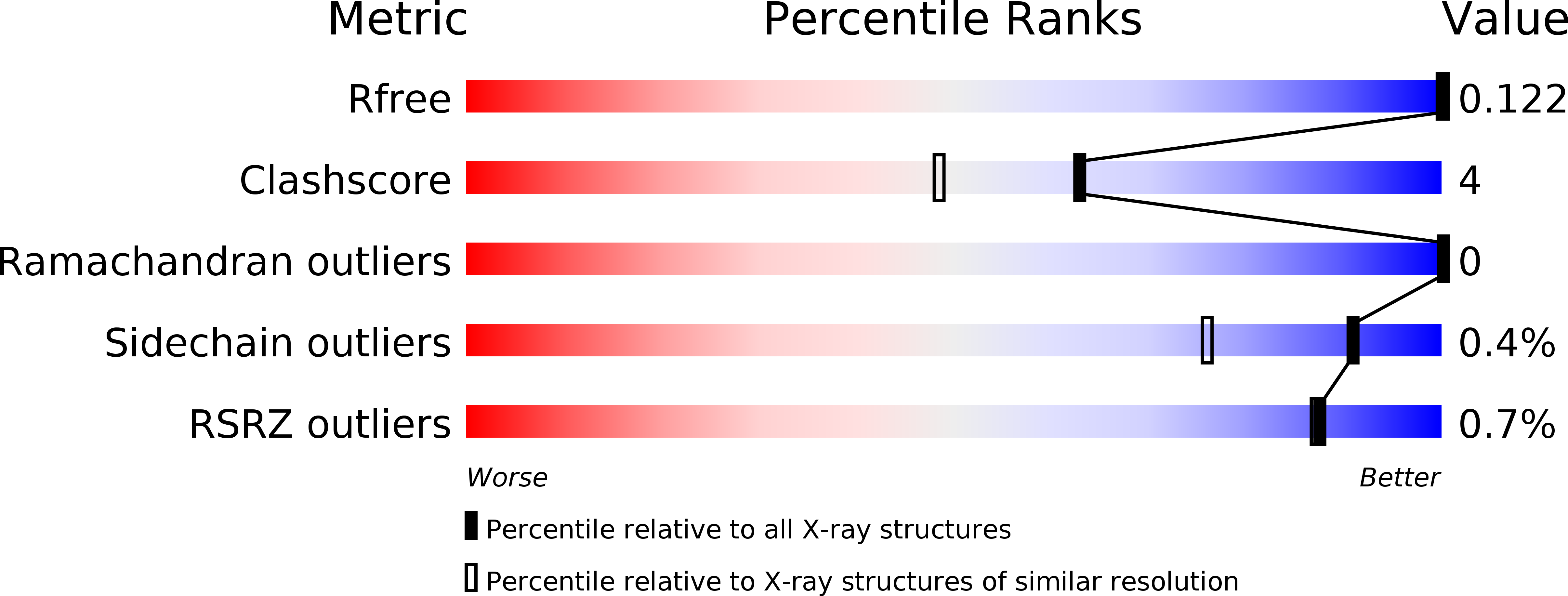
Deposition Date
2019-12-21
Release Date
2020-03-25
Last Version Date
2023-11-22
Entry Detail
PDB ID:
6LL8
Keywords:
Title:
Type II inorganic pyrophosphatase (PPase) from the psychrophilic bacterium Shewanella sp. AS-11, Mg-PNP form
Biological Source:
Source Organism:
Shewanella sp. AS-11 (Taxon ID: 912551)
Host Organism:
Method Details:
Experimental Method:
Resolution:
1.30 Å
R-Value Free:
0.12
R-Value Work:
0.09
Space Group:
P 1 21 1


